The Sandy Hook atrocity has left an abiding shadow in my brain, occluding any bright and optimistic thought that might otherwise assert itself. Time, so far, has not been ameliorative. I know I'm not alone in this; tens of millions Americans feel the same way. I can't -- we can't -- shake the images of those innocent and sweet faces.
We can vow "never again," but that would be delusion. There are too many monsters and lunatics in our midst, all of whom have essentially unrestricted access to high-powered weapons with rates of fire appropriate only to war. Until Sandy Hook, the National Rifle Association seemed to control the debate on gun control. Recent polls indicate that has changed to some degree. Still, the chance of significant restrictions on tactical weapons ranges from slight to nil. Even firearm-owners agreeable to the general idea of gun control are deeply worried that their beloved duck guns and deer rifles will be swept up along with the Bushmasters.
They have a legitimate point: no one could rightfully accuse our legislators of subtlety and refined thinking. Besides, past attempts at gun bans have proved ineffective. Firearms manufacturers always have been able to tweak the designs of their weapons to satisfy the letter of the law while leaving the basic potential for wholesale carnage intact.
I hunt, I own shotguns and sporting rifles and yes, I want to pursue my avocation without Big Brother subjecting me to blood tests and brain scans. But I also recognize the moral imperative pressing down on us. Somehow, someway, we must reduce the free and easy availability of military-style firearms. Given that all attempts to ban these weapons have failed miserably, we must look to a new approach. One possibility: stop trying to define illegal firearms. Rather, do the opposite.
By that I mean we meticulously define the firearms that are legal. The list would be short. Legal large-bore rifles and shotguns would require internal three-shot magazines, barrels longer than 18 inches, and manual actions (no semi-automatics, in other words). Small-bore rimfire rifles (i.e., .22s) could support larger magazines -- say eight or 10 rounds -- but again, semi-automatic actions would be proscribed. Handguns? Revolvers only, with a minimum barrel length of six inches.
That's it. By defining legal guns, we automatically ban all firearms that do not meet our rigorous criteria, including assault-style carbines, street sweeper shotguns, and semi-automatic pistols with large-capacity clips: all the guns, in other words, that are typically employed in massacres like Sandy Hook, Aurora, Clackamas and Columbine. At the same time, we avoid subjecting law-abiding citizens to onerous red tape. They can still hunt, they can still target practice, and they can still defend their homes and families. The recreational and defensive applications of firearms are protected; only the means for insensate offensive actions have been reduced.
For a proposal like this to gain any traction, firm guarantees are essential -- the kinds of guarantees that are unlikely to emerge from our bitterly partisan and polarized legislatures. Rather than rely on Congress, then, we should look to a constitutional amendment, one that updates and refines the ambiguous second amendment. This 28th Amendment would confirm that gun ownership is an inherent right of American citizenship, define those firearms that are allowed (see above), and declare that guns that do not meet the explicit specifications are illegal.
A constitutional amendment would essentially shift the gun control issue from federal lawmakers to the states, and hence dilute the malign lobbying power of the NRA. I haven't conducted any focus groups, of course, but my instinct is that most Americans -- the moderate middle that is our greatest strength -- would support such an approach. Americans could still own firearms appropriate for hunting and home defense, and we will have taken a giant step toward a rational society, one that values its children at least as much as its weaponry.